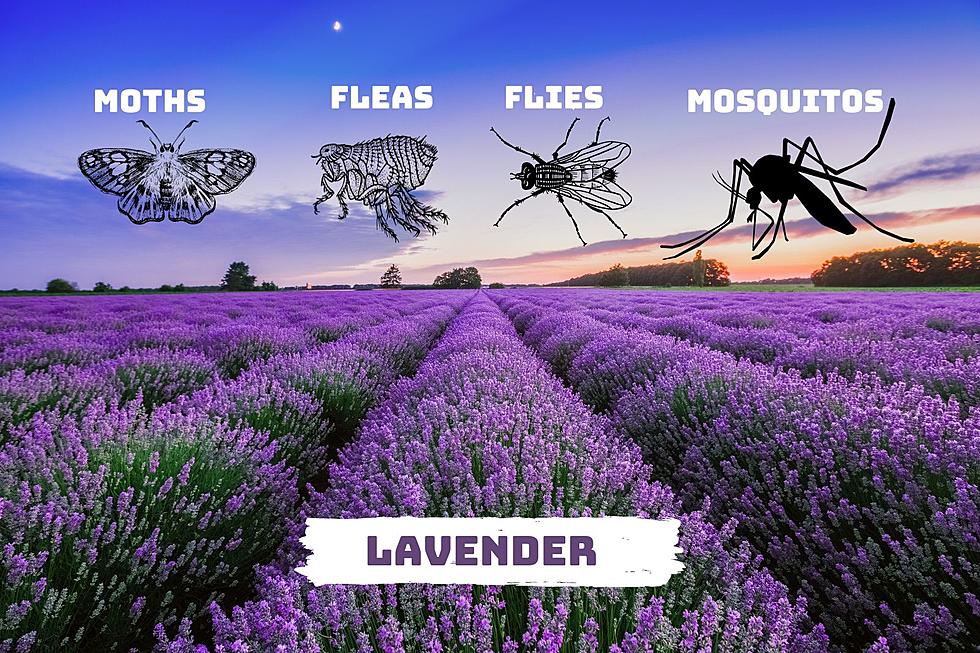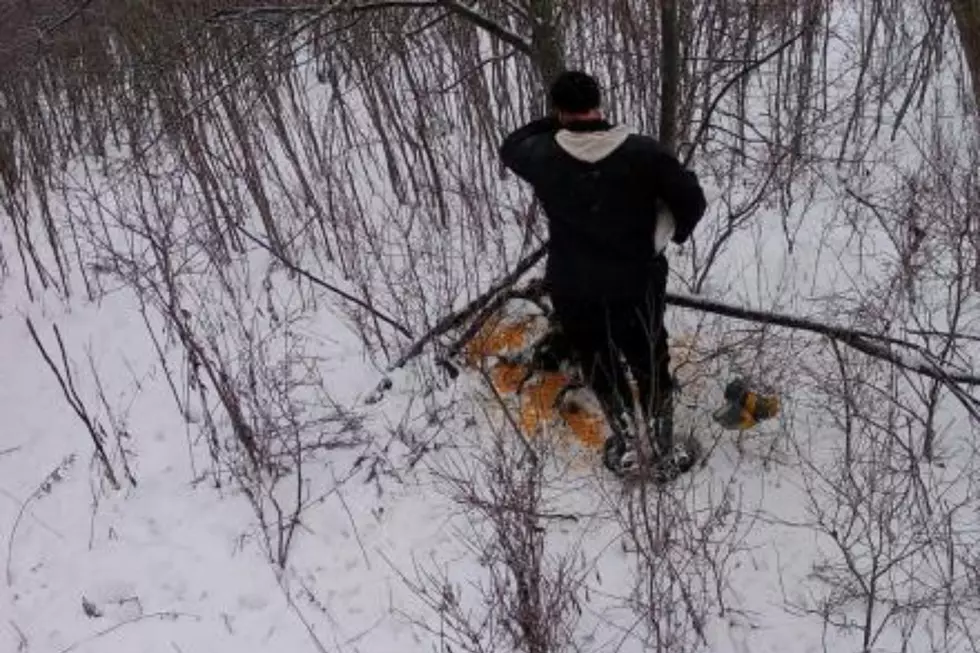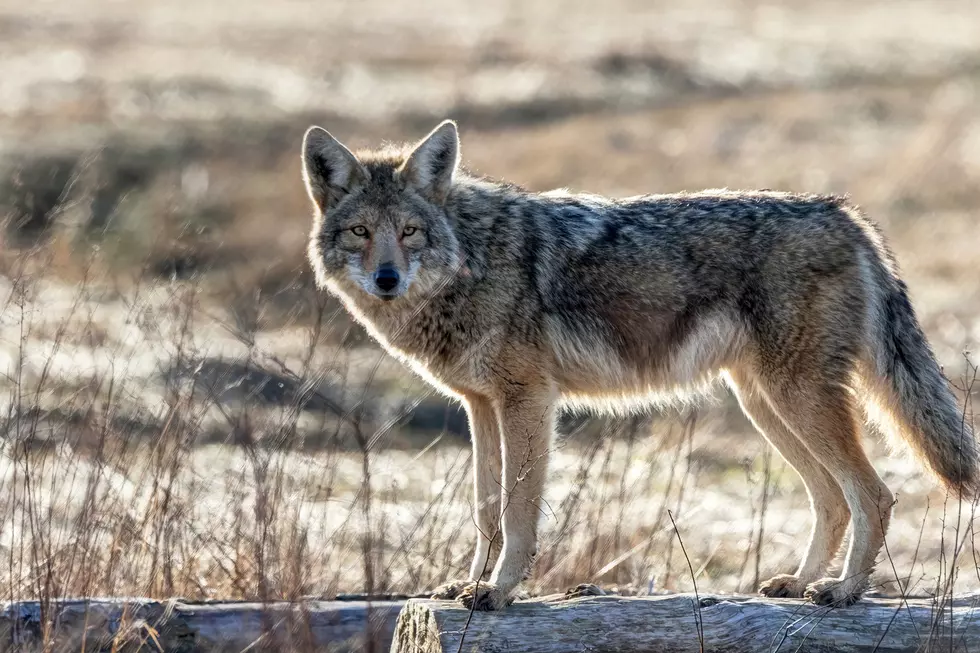
Farmer’s Fall To Do List
Lists; there's the "Honey Do, "Grocery Store" and yes even a "Farmer's Fall" list. Fortunately, there's Cornell Cooperative Extension's Jeff Miller to help with the farm version.
Here's Jeff's list (in no particular order) of things to do.
Planting a Cover Crop
Cover crops provide foliar coverage that intercepts raindrops with root systems that hold the soil in place preventing erosion. They compete with and help to control winter annual weeds when planted in the fall. Live plants exude compounds from their roots that is food for soil microbes. Soil microbes produce the glue that helps soil particles stick together to form structure in the soil. Soil biota are responsible for breaking down crop residue into organic matter which increases the soils ability to hold onto water and nutrients.
Choosing What to Plant
When row crops are harvested leaving little crop residue like corn silage harvest, soil erosion is more likely. Planting a cover crop as soon after harvest as possible is a good investment of both your time and money. This year the cheapest seed that will be available in our area is bin run wheat. If you have access to a no-till drill then no-till the seed at 120lbs/ac. If you don’t have a no-till drill scratch up the soil surface by disking lightly and drill or broadcast the seed after tilling and use a roller to pack the seed and soil in the field.
Applying a Fall Herbicide
Weed control can be very effective when herbicides are applied in the fall. If you have decided to rotate that older hay field into corn next season you can get more effective control of those harder to kill perennial weeds by applying roundup now. These hard to kill weeds are recycling nutrients from their leaves into their roots in the fall. These plants will actually aid in the movement of roundup into the root systems providing better control. The key is to apply roundup when the weeds are still actively growing.
Check Corn Moisture for Harvest
Checking corn moisture for silage harvest One of the most important aspects of corn silage harvest is harvesting at the moisture content that is suited to your storage : bunks- 65-68, upright silos- 62-65, bags 60-64. If you harvest and chop some corn and bring it to CCE we will dry it down and call you with the dry matter.
Setting Chop Length for Harvest
Kernel processing score and chop length for corn silage If you have a processor, setting the opening between the rollers at 1-2mm and checking your grain at least once a day or whenever you start to harvest a new field. You can put a sample of your silage in a bucket of water and scoop off the floating forage, pour off the water and put the grain on a 4.75mm screen to see that 50-70% of the grain passes through the screen. The chop length of processed corn should be around ¾” while unprocessed corn needs to be chopped at ½ - 3/8” .
You can always get one on one help with any farm project by contacting Cornell Cooperative Extension’s Ag Team at (315) 736-3394. Office hours are 8:30 to 4:40 Mon-Fri.
SOURCE: Cornell Cooperative Extension - Jeff Miller
BONUS VIDEO:
More From Big Frog 104









